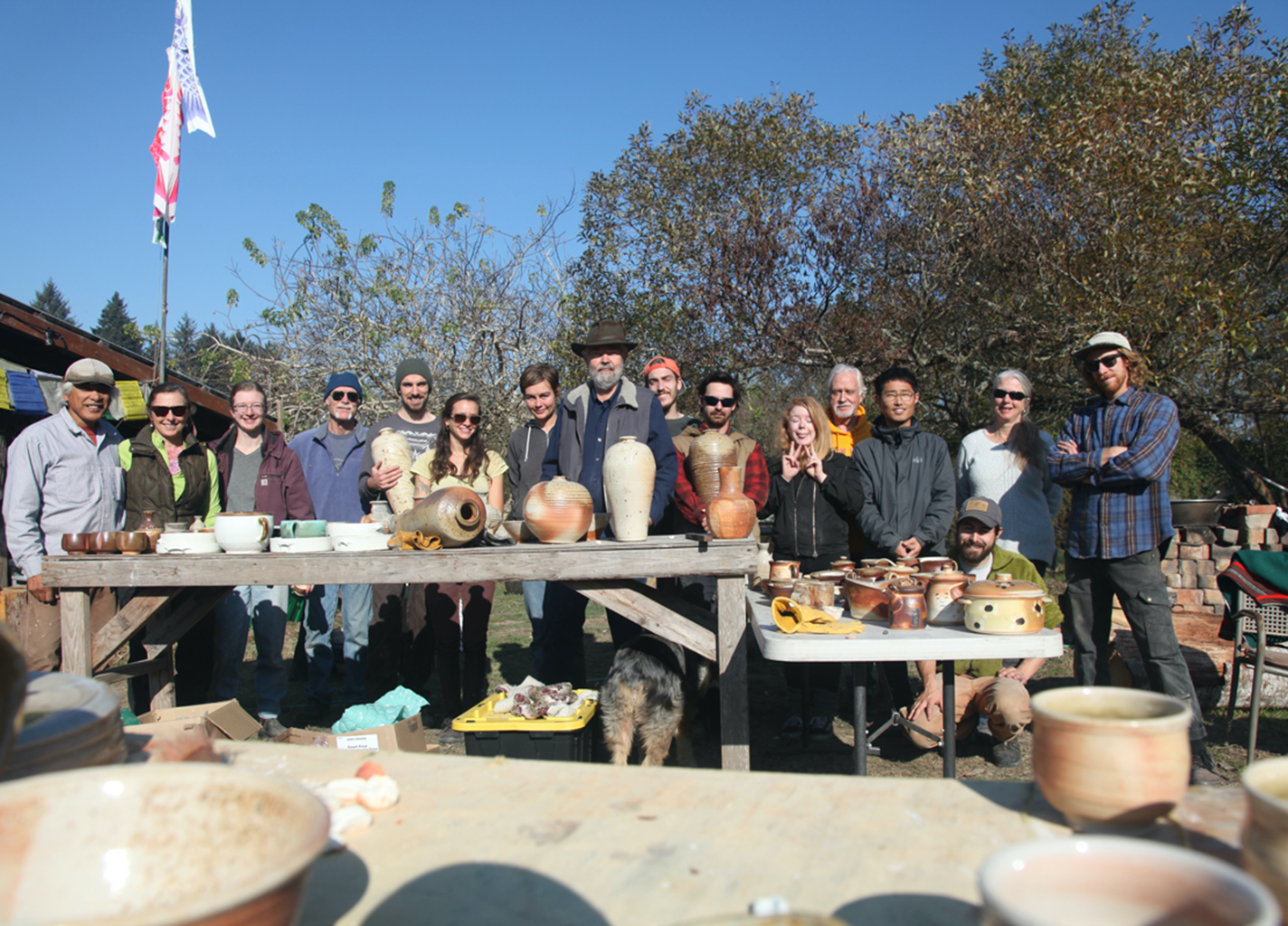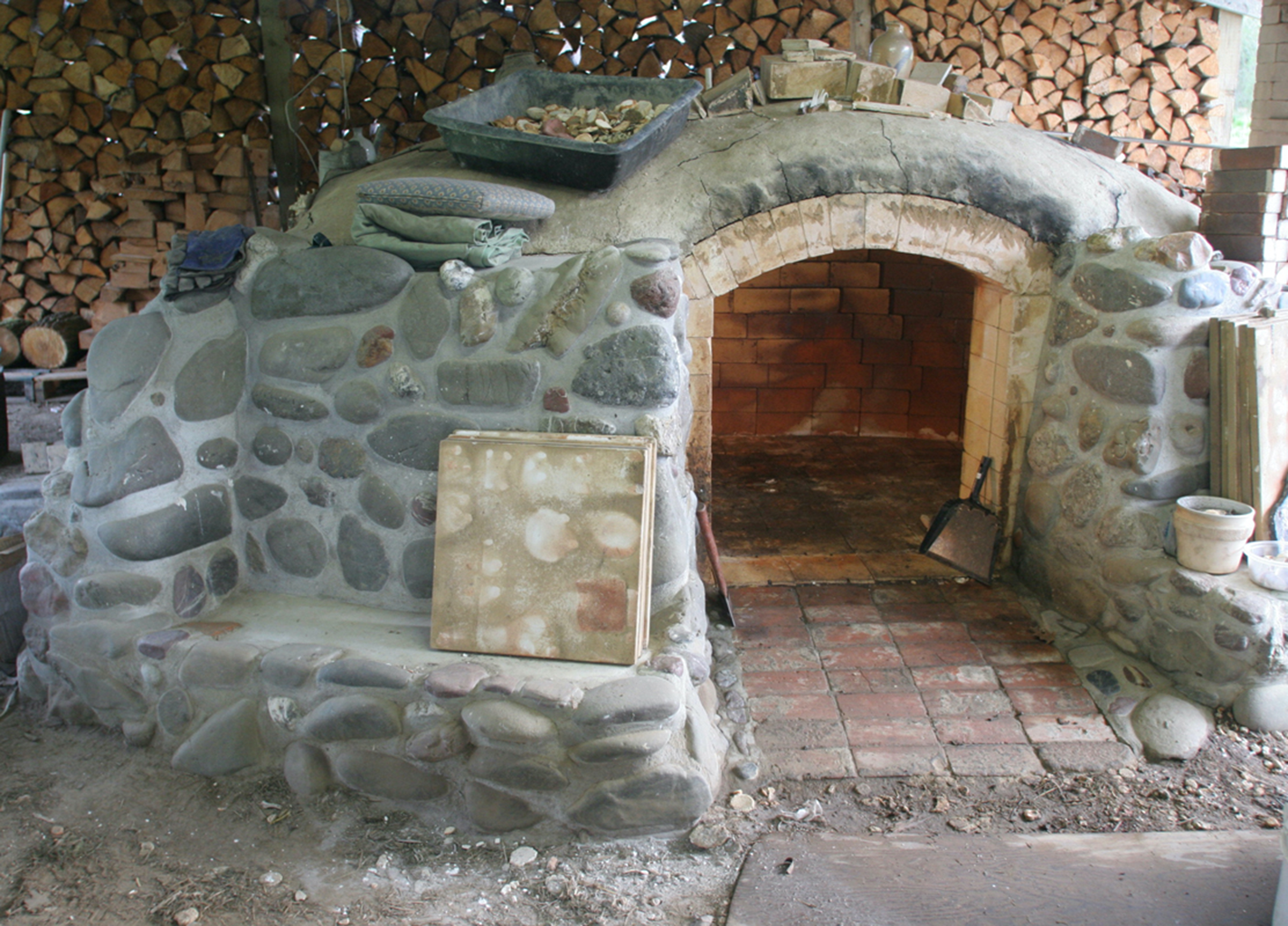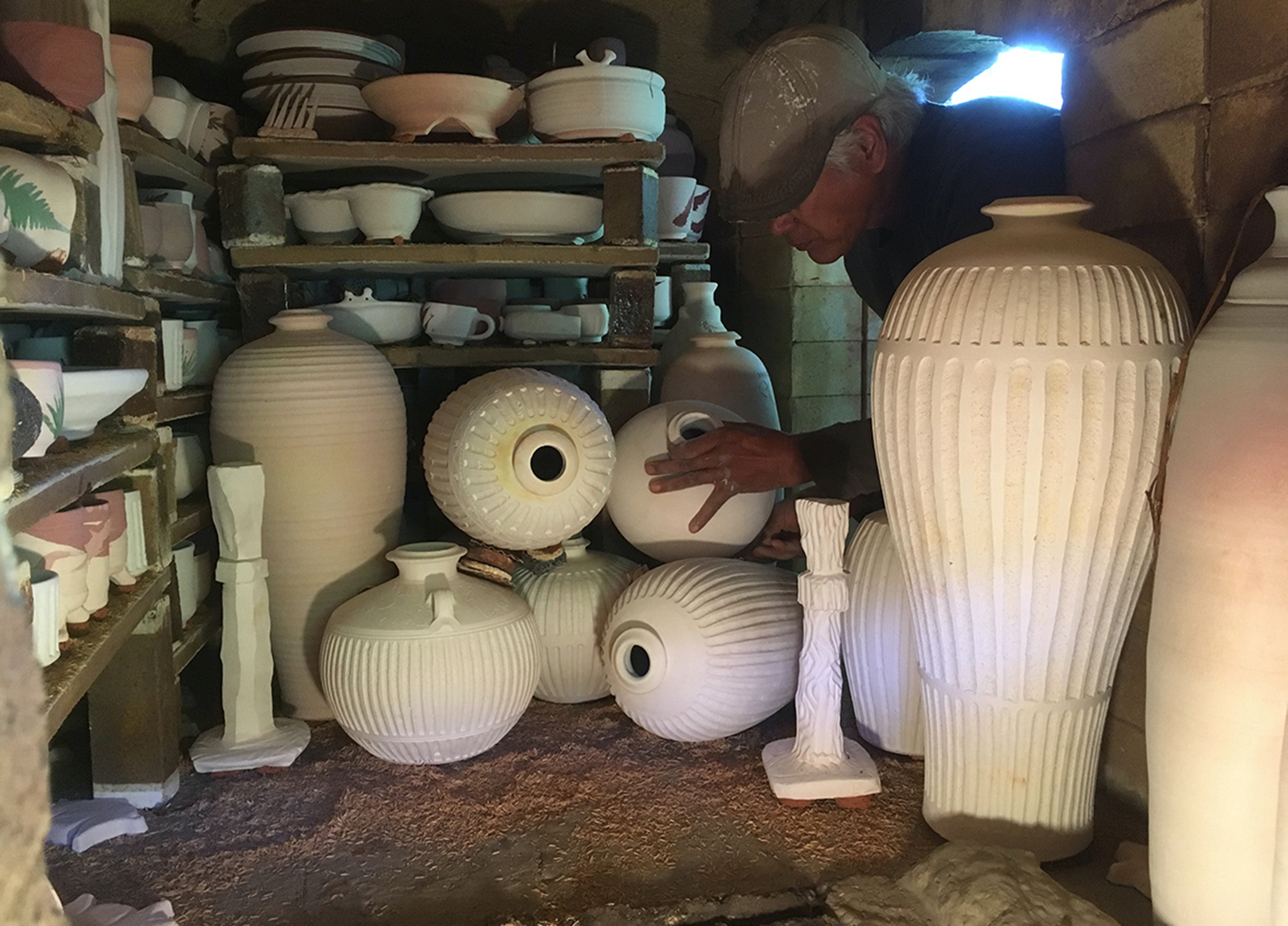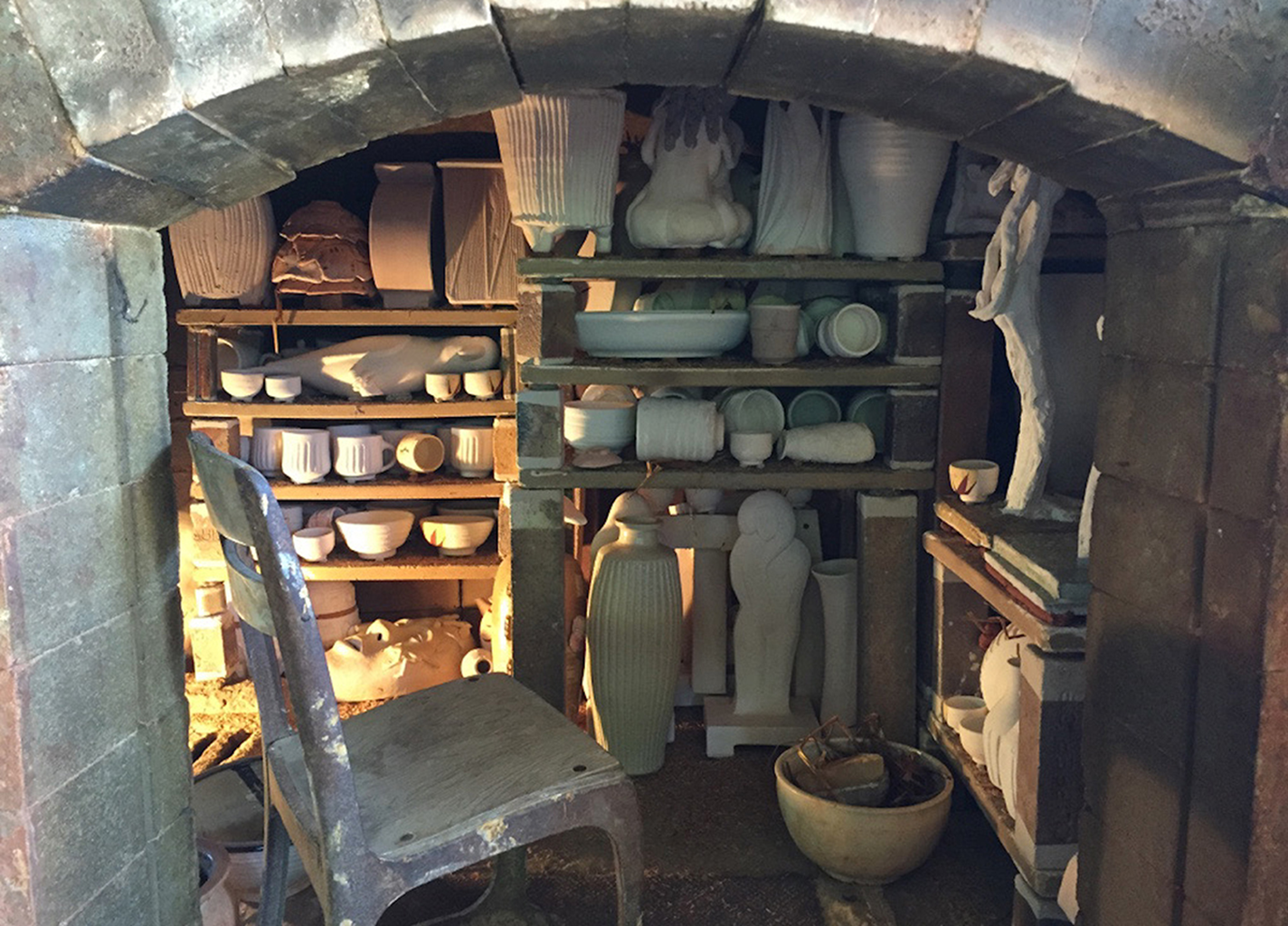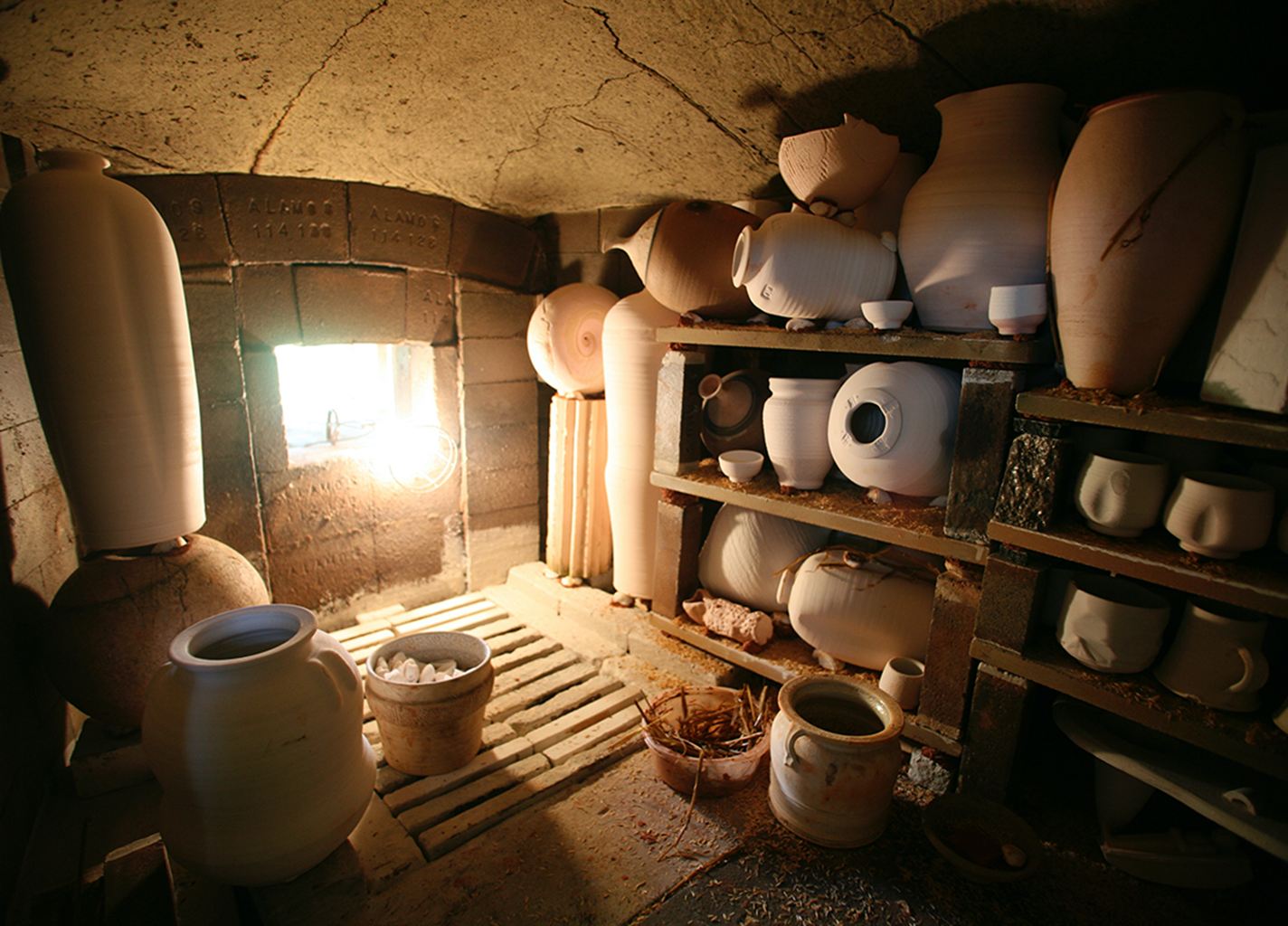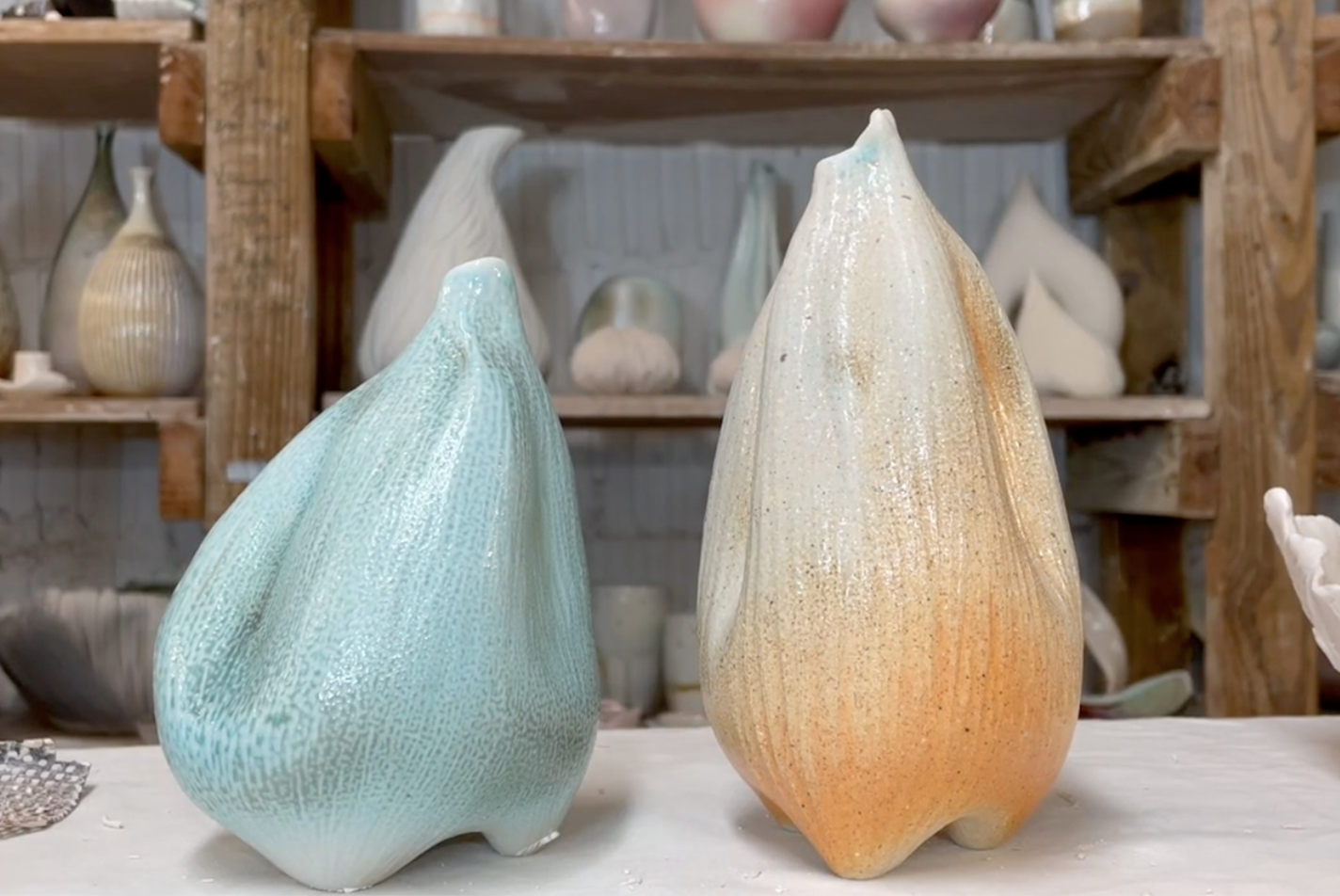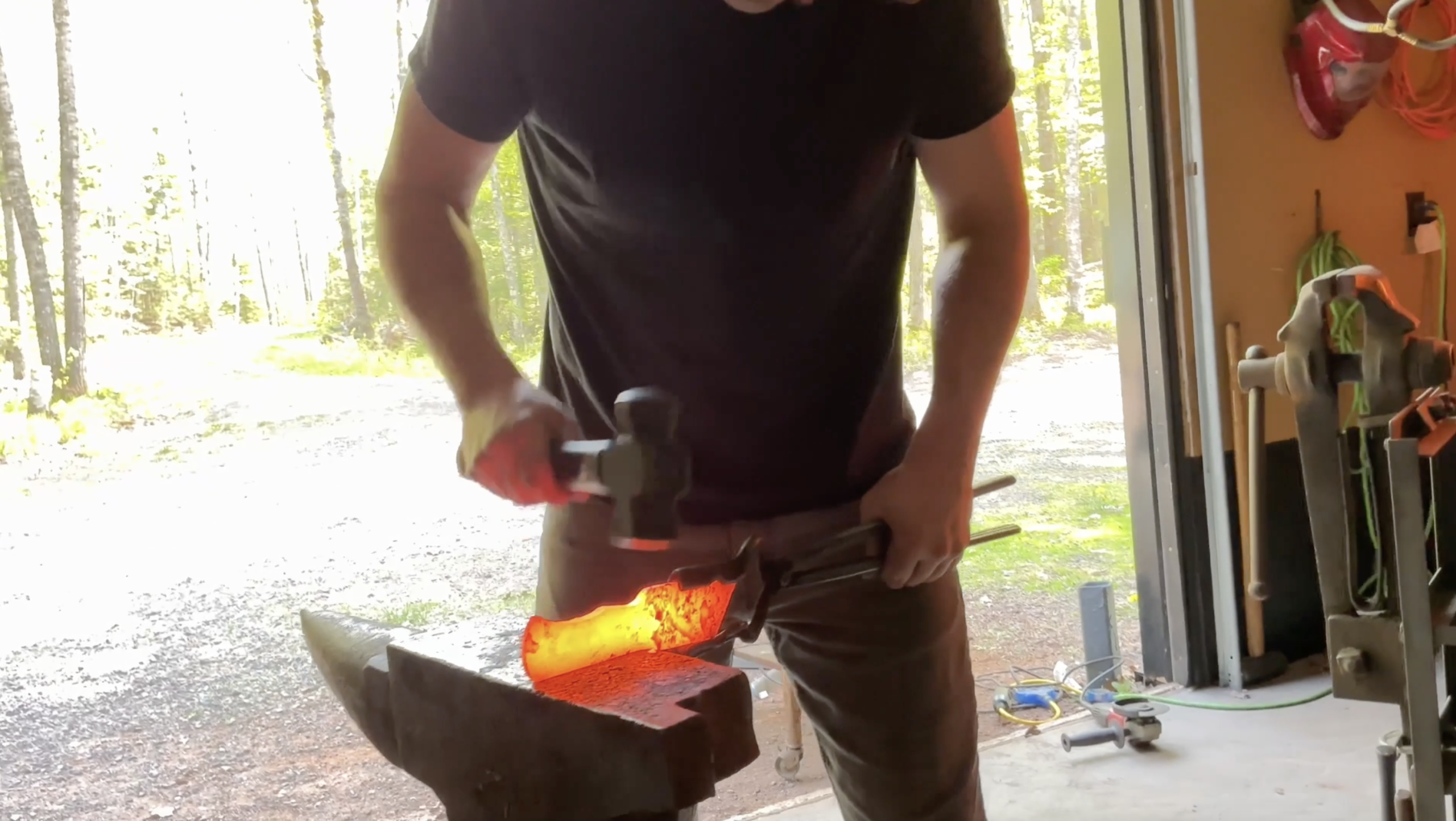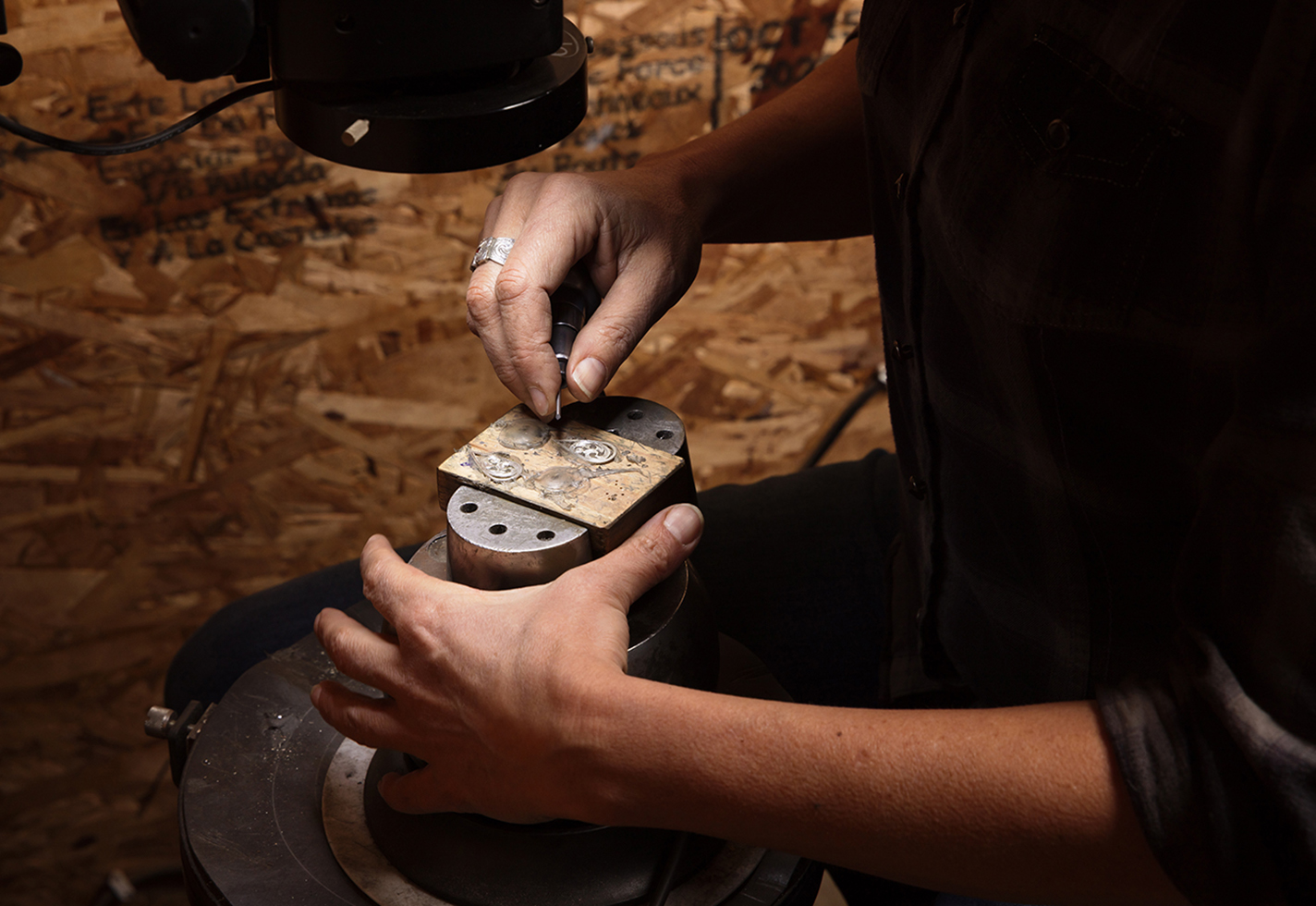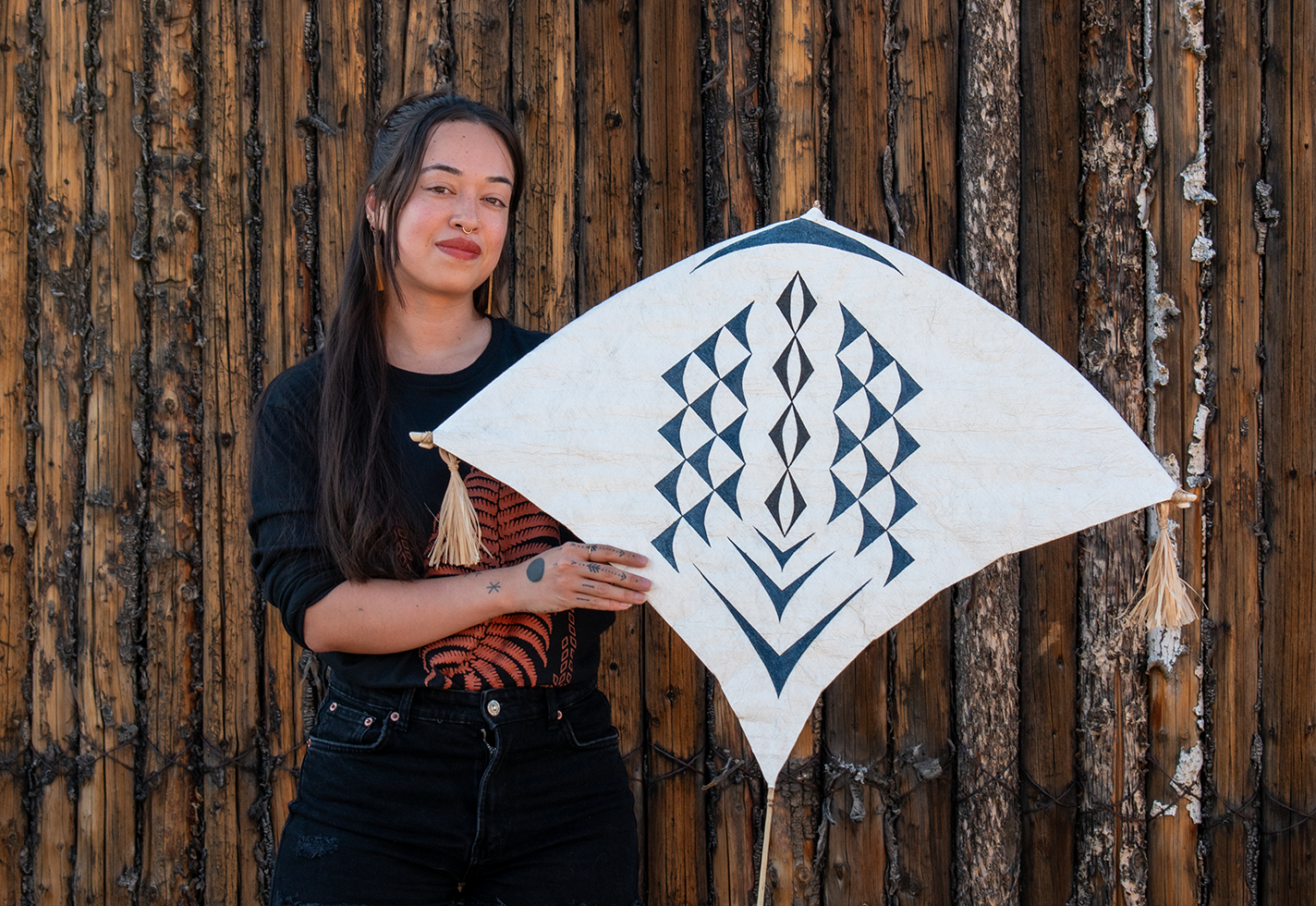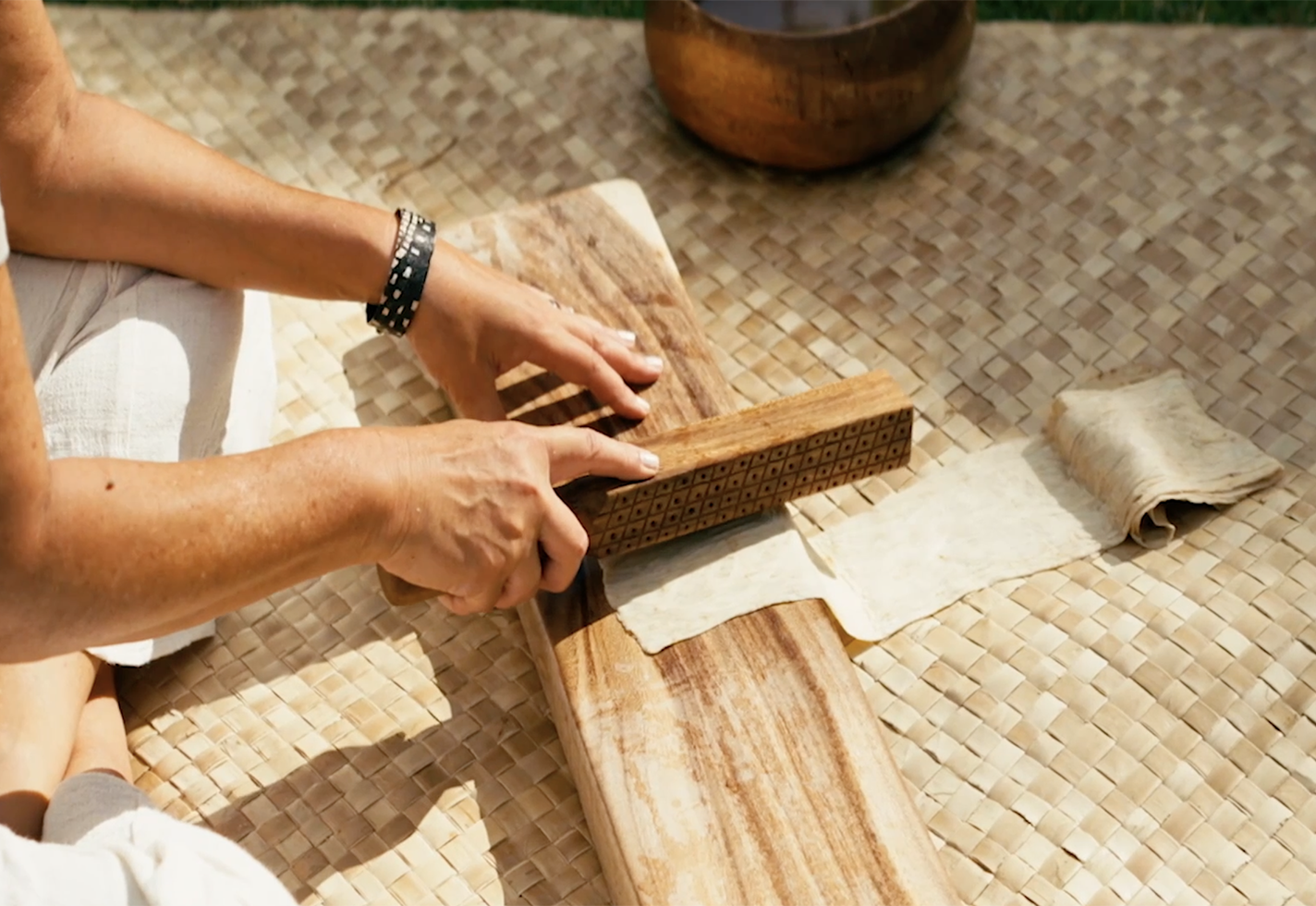Conrad Calimpong brings together a community around wood-fire kilns.
Conrad Calimpong is a ceramist who lives and works in Ferndale in rural Northern California. Working with clay since 1969 and wood-firing since 1985, his love of the medium grew out of a high school summer job cleaning a community college ceramics lab. “I became fascinated watching the older college students throwing on the wheel and hand-building. I was hooked,” he says. Claire Voon wrote about his kilns and the community surrounding them in “Kilns That Build Community” in our Fall 2022 issue.
How do you describe your work or practice in 50 words or less?
Wood-firing since 1985 has connected me to a long line of ceramic history. Without fire, ceramics would not exist. The process can be controlled to some extent, but in the end you can never really control fire. This is what I love about wood-firing and the surprises that it brings.

Conrad Calimpong in his kiln.
